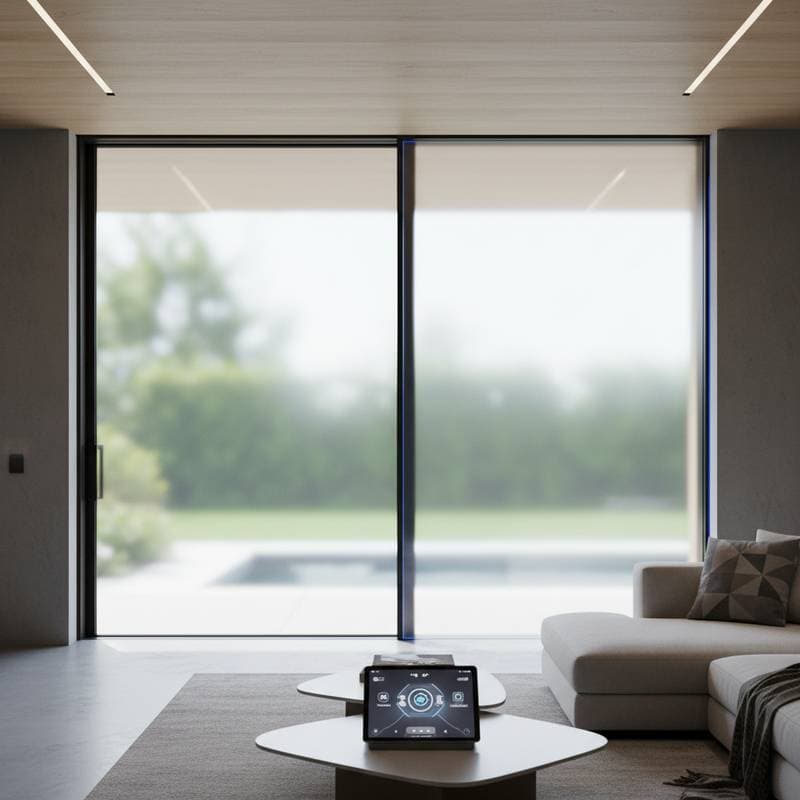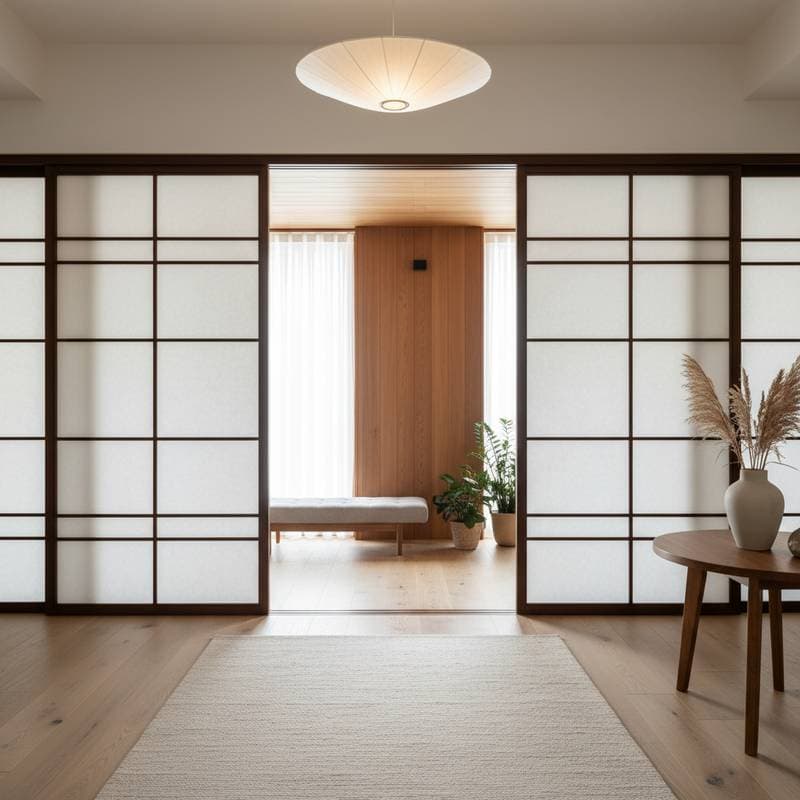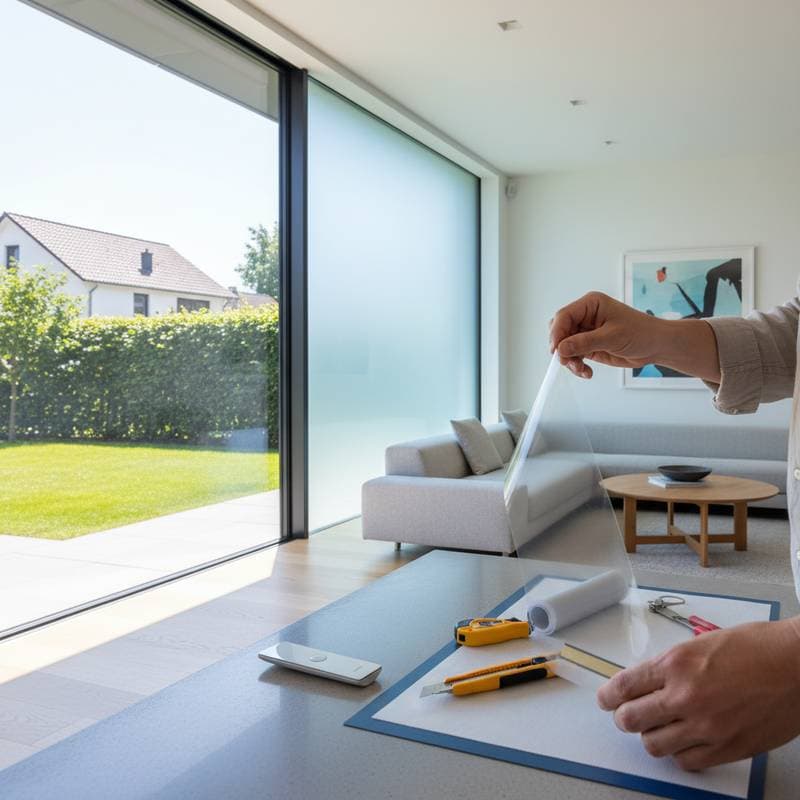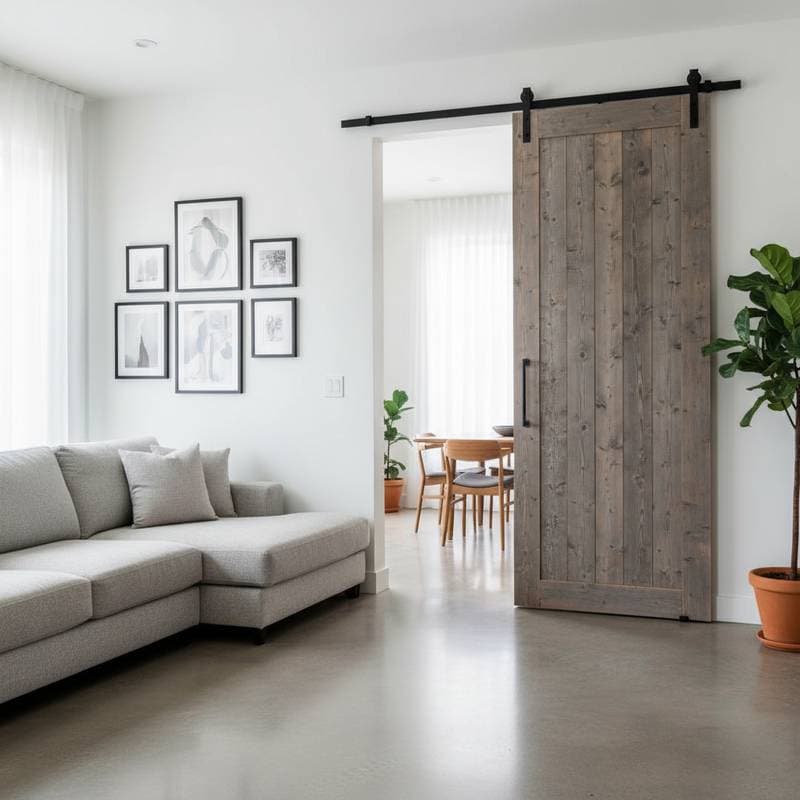Cost to Install Electrochromic Glass Sliding Doors in 2025
Homeowners increasingly select electrochromic glass for sliding doors to achieve privacy, energy efficiency, and contemporary design. This smart glass technology enables switching from transparent to frosted states at the touch of a button, providing immediate privacy without the need for curtains or blinds. Although the initial expense exceeds that of traditional glass, the enduring convenience and energy savings justify the investment for many.
For projects scheduled in 2025, the average cost to install electrochromic glass sliding doors falls between $120 and $200 per square foot, encompassing materials and professional installation. A standard two-panel sliding door system generally totals $3,500 to $7,500, influenced by factors such as glass quality, dimensions, and control system intricacy.
The sections below detail this innovative material, pricing influences, and strategies for determining suitability in home improvement plans.
Average Cost Breakdown for Smart Glass Sliding Doors
Installation costs for electrochromic glass fluctuate according to size, glazing specifications, and control capabilities. The table that follows presents typical price ranges to assist homeowners in evaluating choices.
| Component | Cost Range | Description |
|---|---|---|
| Electrochromic glass panels | $100 to $160 per sq. ft. | Encompasses switchable glass and foundational wiring |
| Frame and sliding track | $500 to $1,200 | Options in aluminum, wood, or composite materials |
| Electrical wiring and controls | $300 to $900 | Incorporates transformer, switch, and wiring setup |
| Professional installation | $1,000 to $2,500 | Determined by dimensions, local labor rates, and structural adjustments |
| Total project range | $3,500 to $7,500 | Full setup for a typical two-panel configuration |
These figures account for both materials and labor. Integration with home automation systems might increase expenses by an additional $500 to $1,000, contingent on compatibility and configuration demands.
Comparing Electrochromic Glass to Other Privacy Options
Assessing the value of electrochromic glass involves contrasting it with alternative privacy methods for sliding doors.
| Privacy Solution | Average Cost | Maintenance | Privacy Control | Energy Efficiency |
|---|---|---|---|---|
| Curtains or drapes | $100 to $400 | Moderate | Manual | Low |
| Frosted film | $5 to $15 per sq. ft. | Low | Static | Moderate |
| Motorized blinds | $800 to $2,000 | Moderate | Automated | Moderate |
| Electrochromic glass | $120 to $200 per sq. ft. | Very low | Instant electronic | High |
Electrochromic glass carries a higher price tag, yet it removes the necessity for tangible coverings, delivers streamlined visuals, and affords precise management of light and temperature. In the long run, energy conservation and minimal upkeep can recoup a portion of the upfront outlay through reduced utility bills and maintenance efforts.
Potential Drawbacks and Limitations
The technology impresses, but prospective buyers must consider certain constraints prior to commitment.
- Higher initial cost positions electrochromic glass above standard glazing or privacy films in expense.
- Electrical reliance means the system needs power to alter states; power failures could leave it in the previous configuration.
- Installation demands coordination between glass experts and electricians, potentially prolonging timelines.
- Color selections remain restricted, with most variants shifting solely between clear and white frosted appearances, though tinted options continue to develop.
Nevertheless, the advantages in privacy and aesthetics prevail for most users pursuing sustained enhancements.
Maintenance and Lifespan
Engineered for durability, electrochromic glass endures 15 to 20 years in typical home environments. Maintenance emphasizes surface cleanliness and protection of electrical elements from moisture.
Cleaning Tips
- Apply mild glass cleaner with a soft cloth for routine care.
- Steer clear of abrasive tools or ammonia-containing solutions.
- Wipe both interior and exterior surfaces periodically to preserve transparency.
Electrical Care
- Conduct annual inspections of wiring and connections to detect moisture or instability.
- If opacity fails to adjust, verify the control unit and transformer prior to professional intervention.
Warranty Coverage
Manufacturers commonly offer 5- to 10-year warranties against defects in coatings or electrical functions. Review specific terms at purchase to clarify exclusions and protections.
Smart Home Integration Options
Compatibility with home automation stands as a key strength of electrochromic glass. Linkage to smart hubs, motion detectors, or timers permits automatic opacity adjustments tied to daily routines or presence.
Control Methods
- Wall-mounted switches enable straightforward manual operation.
- Handheld remotes provide wireless convenience.
- Smartphone applications support scheduling and remote access.
- Voice activation integrates with assistants like Alexa or Google Home.
Consider programming sliding doors to frost upon evening light activation, ensuring privacy effortlessly.
Planning Your Smart Glass Project
Embark on a smart glass installation by first measuring door dimensions and assessing electrical access points. Consult certified installers early to obtain precise quotes and confirm compatibility with existing home systems.
Budget for potential customizations, such as reinforced frames for larger panels or advanced sensors for automated responses. Explore manufacturer rebates or energy incentives that could lower net costs.
Finally, prioritize vendors with proven track records in smart glass projects to guarantee seamless execution and reliable performance. This upgrade not only elevates home functionality but also enhances daily comfort through intelligent design.






